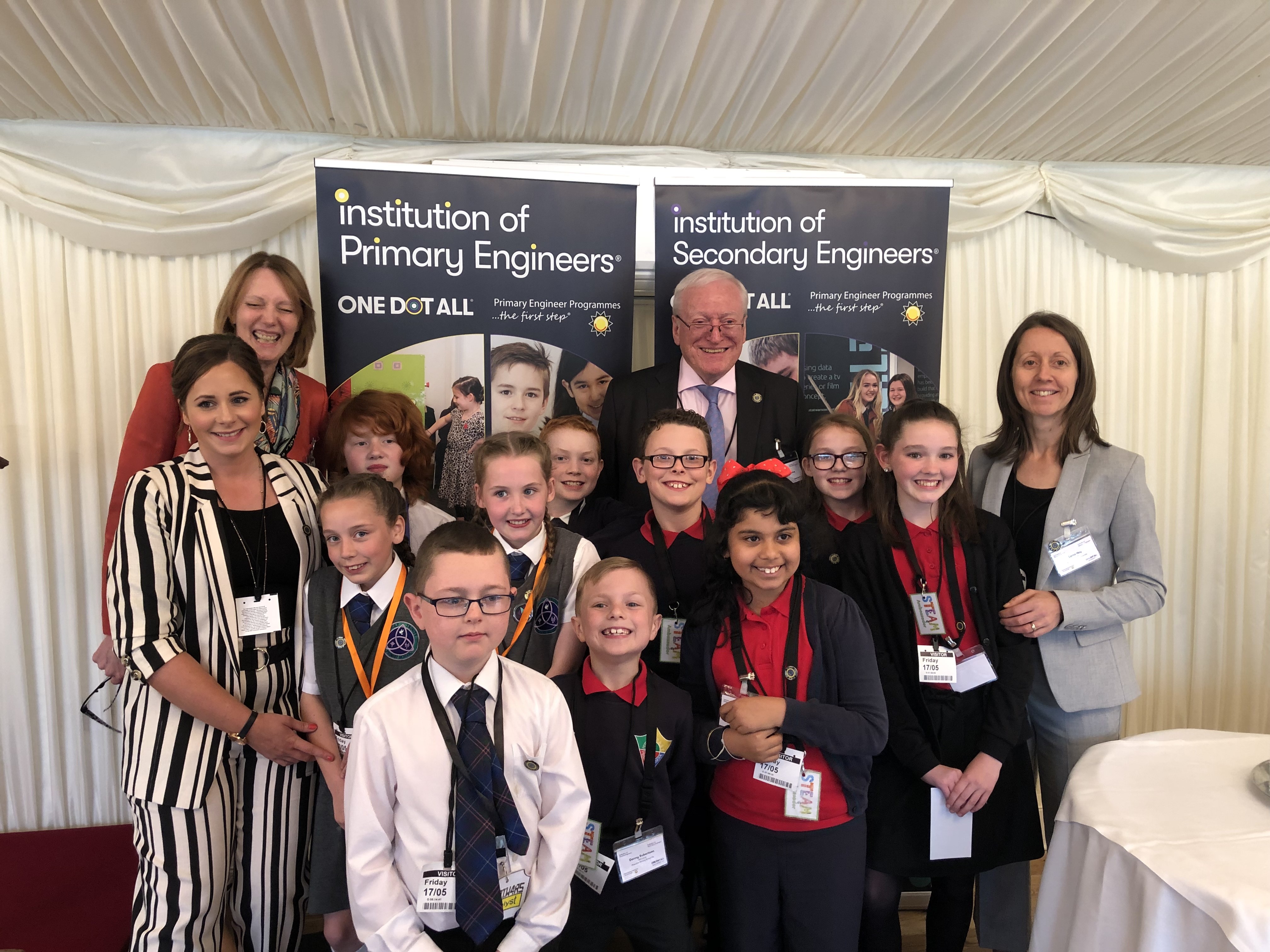A fifteen-year mission to bring engineering into primary classrooms has taken its most ambitious step yet as Primary Engineer officially launches – The Institution of Primary Engineers and The Institution of Secondary Engineers today. Both Institutions have been built for the digital age and are set to change the way skills are taught and nurtured in schools. They will help provide the foundation to challenge the widening engineering skills-gap and improve school pupils’ career pathways and employability through close collaboration with pupils, educators, industry, the STEM community, and parents.
Dr Susan Scurlock, MBE, founder of Primary Engineer and creator of the two Institutions said: “The primary school children of today will, within the next quarter of a century, be the original thinkers, problem solvers, and collaborators that change the world. The Institutions of Primary and Secondary Engineers will empower children to navigate a pathway to work while identifying, building and supporting engineers in the making. This is the beginning of a cycle that will embed fundamental skills in children from a very young age providing them with the foundation for their and our future.”
The two Institutions have been designed to help pupils and teachers structure skills, both personal and those closely related to engineering, and the wider STEM curriculum continuously throughout a pupil’s educational journey. Delivered via an online portal they allow teachers to create, access and evaluate projects while keeping track of the skills their school delivers.
Professor John Perkins CBE FREng, author of The Perkins Review of Engineering Skills said at the launch: “The Institutions will provide the framework for bringing together STEM initiatives and education into a single, cohesive journey for children that will track and celebrate their progress as they move through the education system. Too often, young people’s experience of STEM related activities, either as part of the curriculum in schools, or through outreach by industry or voluntary organisations, feels patchy and a little random. The Institutions are designed to provide a coherent structure to help overcome this problem.”
Primary Engineer is a leading proponent of projects that bring together industry, teachers and pupils throughout the UK, and engages with over 60,000 pupils annually through its various programmes. For Dr Scurlock, the ambition to combine curriculum experiences with extra-curricular and outside of school experiences into a cohesive structure that allows students to continue to feed their enthusiasm for learning throughout their own education, is the final piece of the STEM puzzle.
“With an open, inclusive, practical approach, the institutions can become the backbone of skills-based STEM education in the UK. Now the real work begins, and we are calling for teachers, pupils and industry to get behind the Institutions and help us make them a platform to an exciting career that all pupils deserve.” Added Dr Scurlock.





